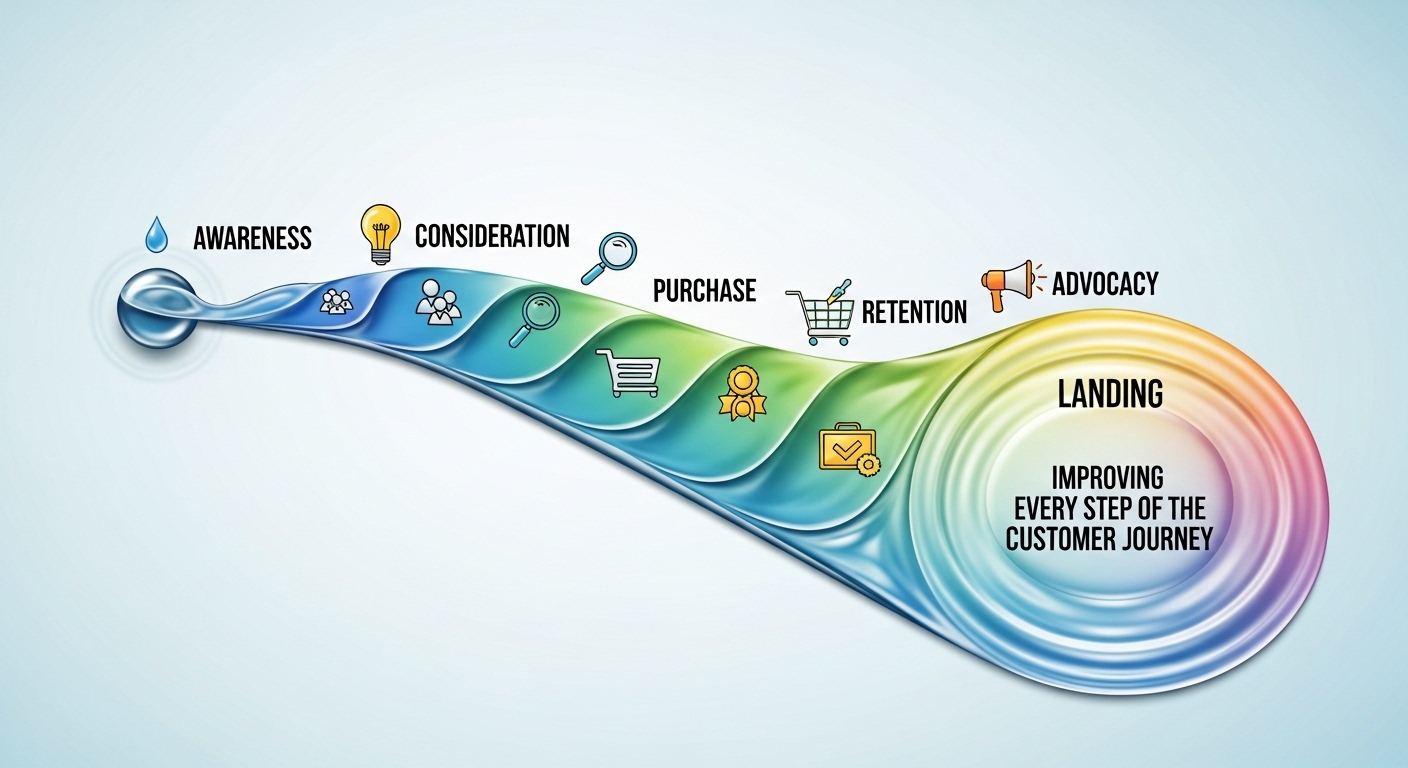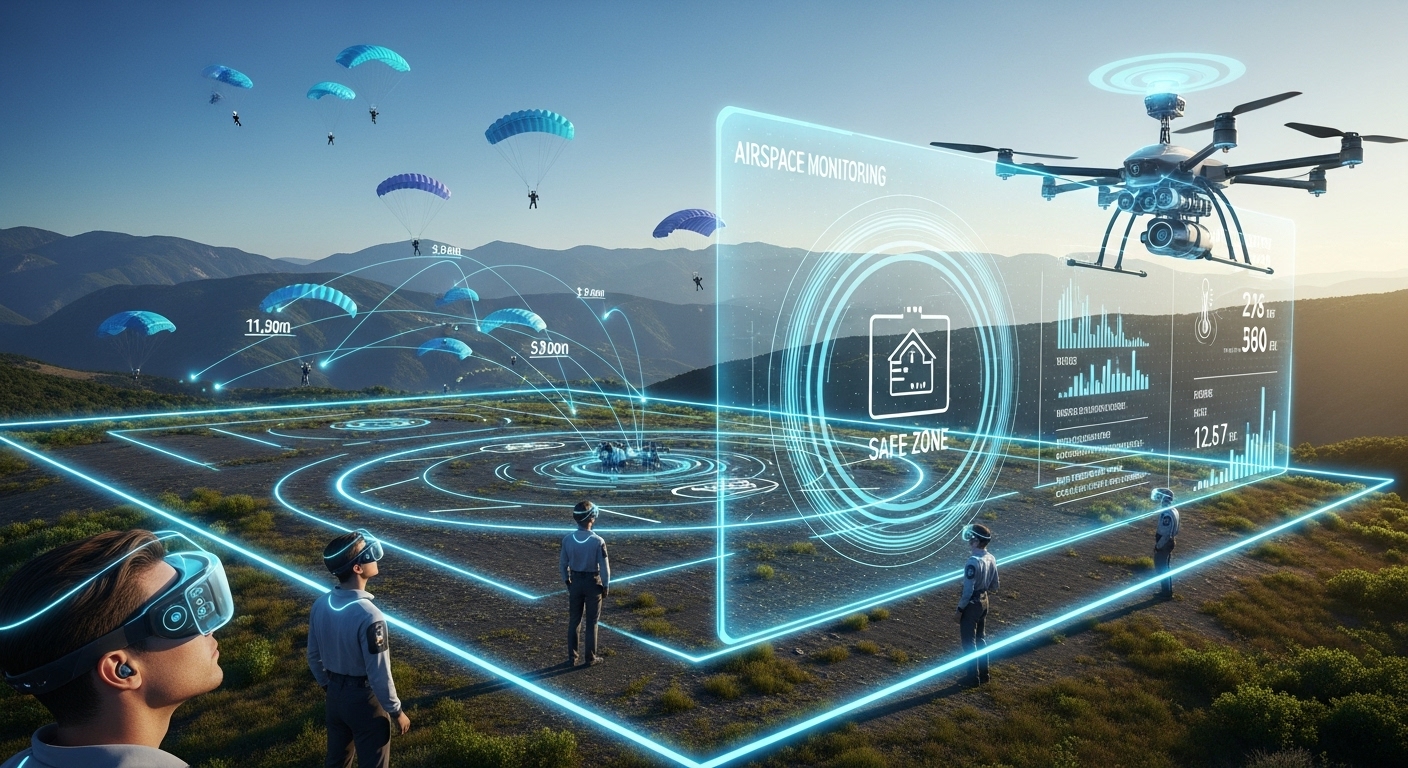As skydiving grows in popularity, so does the complexity of managing airspace around busy dropzones. With aircraft, jumpers, drones, and even nearby air traffic to consider, traditional communication tools aren’t always enough. That’s where airspace monitoring technology steps in—offering dropzones a modern, proactive way to prevent accidents and improve situational awareness.
What Is Airspace Monitoring?
Airspace monitoring uses beacon technology and ground-based receivers to track the location and altitude of aircraft, jumpers, and other airborne objects around your dropzone. It functions similarly to ADS-B systems but is tailored specifically for skydiving operations.
The Risks of Unmonitored Airspace
Without active monitoring, dropzones face multiple safety threats:
- Mid-air conflicts between aircraft and jumpers
- Delayed or miscommunicated exit orders
- Inaccurate altitude awareness for jumpers
- Inability to respond quickly to off-course or lost jumpers
- Untracked air traffic entering dropzone airspace
How Airspace Monitoring Helps Prevent Accidents
Implementing real-time airspace monitoring can significantly reduce risks. Here’s how:
1. Improved Visibility for Staff
- See every jumper’s position and altitude in real time
- Track aircraft routes and drop positions
- Monitor canopy descent and ensure safe landings
2. Early Detection of Airspace Conflicts
- Get alerts when unauthorized or unexpected aircraft enter your airspace
- Prevent mid-air collisions and misaligned jump runs
- Adjust jump operations instantly based on airspace conditions
3. Faster Emergency Response
- Locate off-course or lost jumpers instantly
- Reduce search and rescue time
- Support medical response with accurate last-known positions
4. Enhanced Coordination Between Ground and Air
- Reduce radio overload by letting staff monitor visuals instead
- Synchronize manifest, pilots, and ground crew in real time
- Manage multiple jump loads with greater efficiency
Bonus Benefits: Compliance and Analytics
- Maintain digital logs of all flights and jumps
- Strengthen compliance with local aviation authorities
- Analyze airspace data to improve load planning and jump scheduling
Take Safety to the Next Level
Airspace monitoring isn’t just a safety upgrade—it’s a strategic advantage. By using tools like Paratag, dropzones gain full control over the skies they operate in, reduce human error, and give staff the clarity they need to make smart decisions fast.
Want to Learn More?
Contact Paratag today to see how easy it is to add real-time airspace monitoring to your dropzone.



